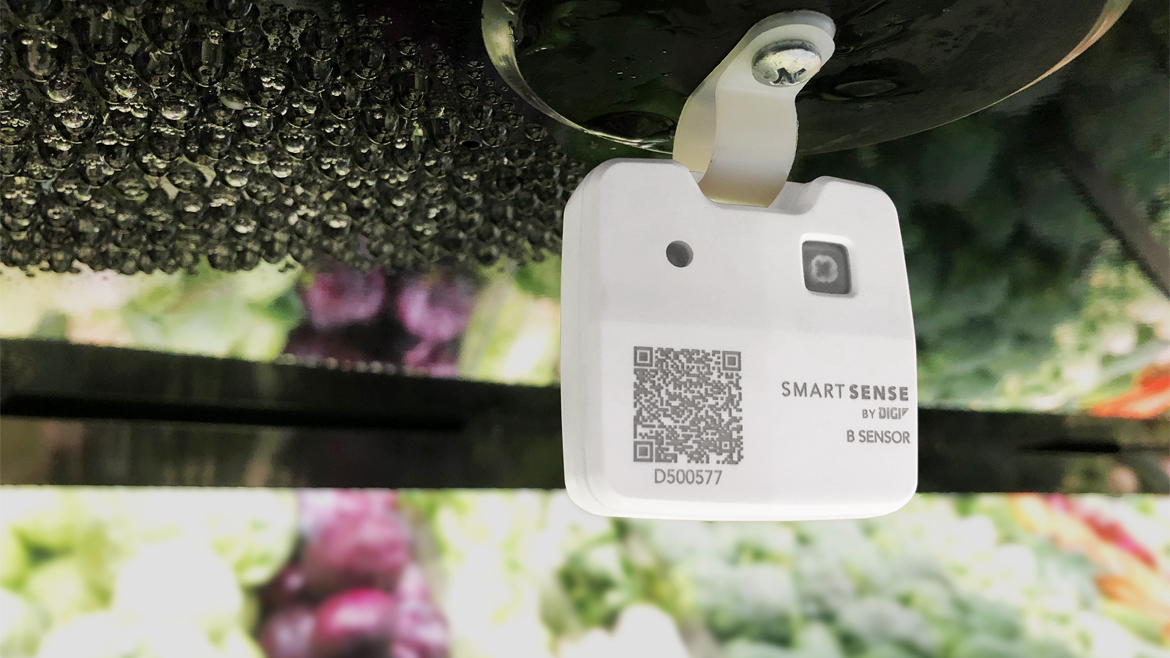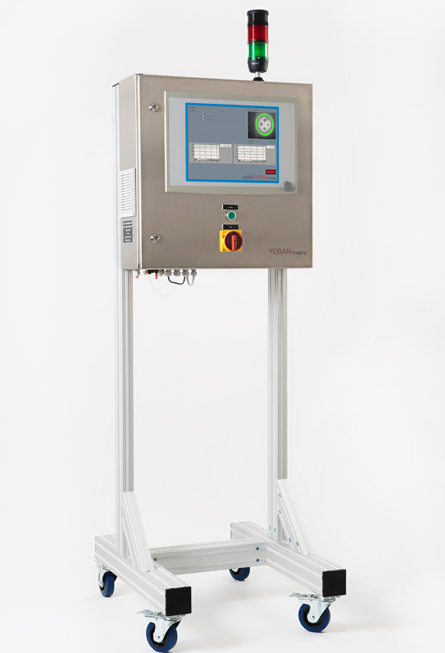As the compliance date for the FSMA Traceability Rule creeps closer, experts say food manufacturers and processors should start preparing now for 2026.
Compliance requirements under the Food Safety Modernization Act (FSMA) are a crucial aspect in ensuring food safety and meeting the regulations set forth by the Food and Drug Administration (FDA). Section 204 of FSMA becomes effective January 20, 2026, and requires the FDA to designate foods for which additional recordkeeping requirements are necessary to protect public health.
Next year “will be the year for many that begins a focus on the new food traceability requirements. These requirements are not going to be needed until 2026, but for some there is a lot of work to be done. We can expect ongoing, and likely more focus, on the risks around imported foods of all types, but especially a continued focus on frozen seafood,” said Dr. David Acheson, former FDA associate commissioner of Foods and founder and CEO of The Acheson Group. “So, during 2024, it would be wise to figure out how much this rule will impact you and then exactly what you need to put in place to be compliant. That will then give you 2025 to make and changes and be ready for enforcement in 2026.”

Manufacturers are examining what the Traceability Rulemeans for their individual operations and how technology can modernize food safety initiatives. FSMA compliance is a proactive way to mitigate risks, since in a potential food safety incident operators rely on traceability and condition monitoring data to identify other potentially affected products and notify distributors before they reach store shelves.
“I believe 2024 will prove that cold chain technologies are no longer merely a nice-to-have for manufacturers and processors,” said Guy Yehiav, president of SmartSense, a provider of real-time temperature monitoring and prescriptive analytics. “Automation is the new table stakes for food safety and quality. You need real-time traceability and condition monitoring capabilities now more than ever in an environment where all it takes is one critical error during distribution to put consumer (and brand) health at risk. Companies have gotten away with relying on manual reporting processes and spreadsheets for a long time, but I think we’re at an inflection point as an industry with FSMA 2026 on the horizon. Those who are still slow to embrace cold chain technology next year will face an uphill battle and fall behind industry competitors that will be able to serve their customers better.”
Technology is the “ultimate enabler for FSMA compliance,” Yehiav said.
“The real-time data produced by IoT-driven traceability and condition monitoring gives them quick, verifiable proof that FSMA standards were maintained. You can try to implement strict protocols and follow every best practice by the book, but it won’t be enough to move the needle with the FDA unless you can document them at scale,” he said. “In 2024, manufacturers and processors should develop an end-to-end FSMA 2026 roadmap that positions them to facilitate the adoption and implementation of interoperable cold chain technologies at scale that include a ‘handshake’ between the different chains in the value chain. Now is the time to embrace digitalization’s role in the future of food safety, but technology is only as strong as your ability to act on it. Ensure you have the right people, products, and processes in place to execute.”
Other changes in food safety on the horizon in 2024 include actions by states like California and New York, which are seeking to pass regulations affecting food manufacturers.
“There will likely be greater focus on chemical risks that include heavy metals and pesticides as well as other chemical residues that have been a focus of new regulations in California,” Acheson said.
Sesame was added as the ninth major food allergen when the Food Allergy Safety, Treatment, Education, and Research (FASTER) Act became effective on Jan. 1, 2023, and the New Year is expected to bring an increased focus on allergens and ingredients.

“With the release of FDA's allergen controls guidance document, there will be interest in making sure a company's allergen control program is meeting regulatory expectations. This will also trickle to the food safety auditing schemes, so I anticipate greater auditor interest in allergen control plans, how allergen control processes are validated and the degree of control verification being practiced,” said Doug Marshall, technical director at the Refrigerated Foods Association (RFA). “There may be greater regulatory interest in validating shelf life as a food safety control, such as potential for growth of psychotropic Clostridium botulinum in reduced oxygen packaged refrigerated foods. Deli foods are on FDA's Traceability List, so manufacturers will need to be compliant with the Traceability Rule. As a result, we'll see more effort moving forward by companies that are behind.”
The RFA is offering several educational programs to help members with traceability compliance, including a webinar on January 24 on preparing for FSMA 204 requirements.
Other key areas of food safety focus include implementing product and facility planning, risk assessments, preventive controls, monitoring and verification, corrective and preventative action (CAPA) analysis and documentation.
Reliable packaging and inspection of cold foods is an integral part of food safety.
“The sealing integrity of primary packaging is an important part of the freshness and safety of food products, including those in the cold chain. Currently, the vast majority of sealing integrity inspection is performed by offline, labor-intensive and destructive manual sampling; in many instances, a mere 0.3% of products are actually inspected,” said Eran Sinbar, co-founder and CEO of Yoran Imaging.
The company develops and supplies thermal imaging systems to optimize filling and heat-sealing processes on packaging lines. In September, Yoran Imaging unveiled a new Process Analytical Monitoring system at PACK EXPO Las Vegas, technology that replaces manual sampling with automatic 100% product inspection.
The company believes technology like thermal imaging is underutilized in the F&B sector.
“The ROI from thermal imaging inspection and data monitoring comes from eliminating costly, labor-intensive offline manual sampling, the substantial reduction of both product and packaging materials waste, and limiting customer complaints. In addition, predictive maintenance and production trends recognition provided by this data helps keep lines moving in the time-is-money food manufacturing sector,” Sinbar said. “Capturing ample heat sealing optimization data also makes it a shorter walk toward incorporating more sustainable packaging materials – crucial in a sector where doing so is becoming urgent both from an environmental and consumer satisfaction standpoint. In other words, the knowledge set generated by the thermal imaging inspection system cuts down the trail and error process associated with determining the right heat seal process for various next-generation substrates.”
Food manufacturers and processors of all types should take a risk-based approach, Acheson, the former FDA associate commissioner, advises.
“This includes understanding risks around ingredients or products you may be receiving from others. These risks will vary hugely based on the products – but could include risks at the farm level right through to complex manufacturing,” he said. “Part of that risk management is to fully understand how consumers use your products. Are the products considered ready-to-eat by consumers? Are they actually ready-to-eat or do they just look like they are? The more manufacturers can do to control risks, and not rely on consumers to control risks, the better.”




